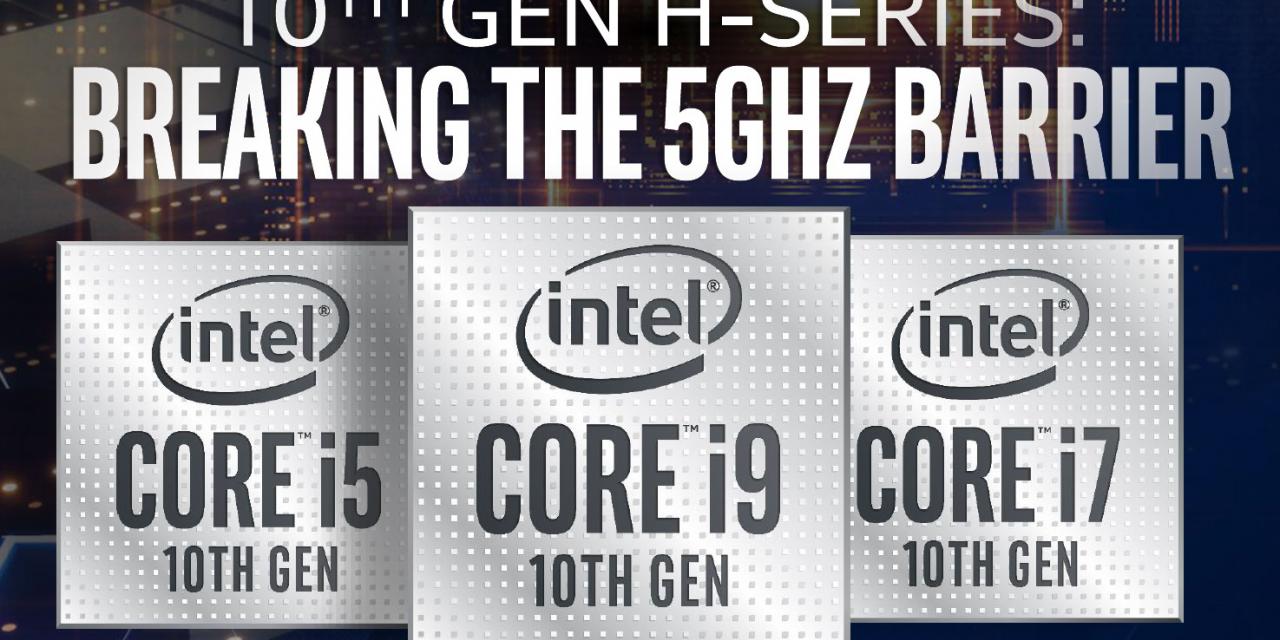
Intel's next-generation Comet Lake CPUs are expected to launch in the next few months, potentially as soon as April, giving team blue fans their first real upgrade option outside of existing generations in almost two years. But with AMD holding all the momentum with its third generation Ryzen CPUs, higher clock counts and stronger instructions per clock in every mainstream and HEDT CPU out their right now, Intel has an uphill battle ahead of it.
Can Comet Lake S deliver the comeback it needs?
By the numbers
Let's consider the specifications of the major chips for a moment. At the very top end we have the Intel Core i9-10900K, a mouthful to say, but a hell of a chip by the numbers. It features 10 cores and 20 threads, marking a 25 percent increase in both since the release of Intel's 9900K. It also holds higher frequencies than its last-generation counterpart, reaching 5.2GHz on a single core using Turbo Boost Max 3.0, or up to 5.3GHz when running below 50 degrees C thanks to a new Velocity boost algorithm. It should hit 4.9GHz all-core, which sounds like it'll easily handle 5.0GHz all core when overclocked.
This should make the chip around 30 percent faster than the 9900K in multithreaded tasks, and slightly quicker in games, making it likely to be the most powerful gaming CPU around, until potentially AMD's Zen 3 mounts its own assault on Intel later this year.
But all of that does come at a cost. We don't have dollar pricing for this CPU yet, but we do have TDP numbers and at 125w, the 10900K is going to be a power hungry and toasty CPU, especially if you overclock it.
That goes for the 10700K too, which has eight cores and 16 threads, with a single core boost clock of 5.1GHz, and an all -core boost of 4.7GHz. The 10600K is the same TDP again, with six cores, 12 threads, and a 4.8GHz single core boost clock. The 10400 is six and 12 too, but drops the frequency down to 4.3GHz on a single core.
Multi-threading boost
The top chips in any new generation are exciting, but for most of us, the mid-range is where we'll sit and Intel has finally thrown us a bone with the 10th-generation. Along with boost clock speeds rising a little throughout the range, Intel has added hyperthreading support for every CPU in the range, apart from a single Celeron CPU. The rest will have it, enabling a massive boost in multi-threading performance for entry level and mid-range CPUs; the Core i3 and Core i5 models, which typically struggle with that due to their lower core counts.
Real world performance
We don't have much in the way of actual benchmark numbers just yet, as Intel hasn't released any and few leaks of hardware under the microscope have made their way into the public conciousness. But there are some hints about what we can expect.
In February, Guru3D posted some leaked benchmarks from 3DMark testing using the new 10900K and if these reports prove true, it should be quite a capable beast. The 10900K scored 13,142 points in 3DMark Time Spy's CPU physics test, beating out the Intel 9900KS by over 1,500 points, as well as the 12-core AMD Ryzen 3900X (by almost 1,000) and even the 16-core 3950X by a few hundred points. The only CPU to best it was the 24-core 3960X Threadripper CPU.
In Time Spy Extreme, the tables were turned a little, with the 3900X pulling just ahead of the 10900K, but the Intel CPU still managed a score of 6,570, a respectable result which gives it a near 30 percent performance boost over the 9900K. That's about where we'd expect to see it in tests and games that can utilize its additional multi-threaded performance and high clocks.
Conclusion
So, can the 10900K and its fellow 10th-generation Comet Lake CPUs stem the tide of AMD conversions and truly combat the Ryzen 3000 series. In many ways, it looks like it will be able to do so. Somewhat. Its performance in games will outstrip the AMD CPUs, at least in most existing games (future titles may better utilize additional cores, giving the Ryzen CPUs an advantage) and it appears to hold up far better than the ninth-generation in multi-threaded tests.
But this is a stop-gap generation. There's no huge innovation here and what is there comes at a huge power and thermal cost. It's not going to inspire a new generation of Intel fans, but it will at least blunt AMD's progress while Intel works on getting its desktop chips below 10nm sometime in the next year or so.







